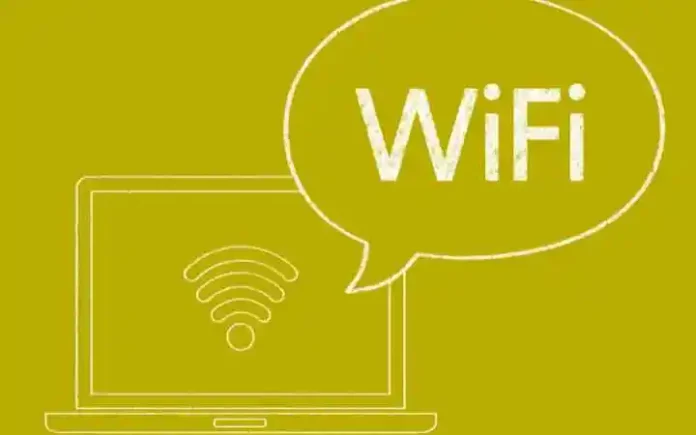In an increasingly connected world, losing a WiFi connection on a Windows computer can be a significant source of frustration. This detailed guide explores various methods for troubleshooting connection issues, from simple checking settings to more technical approaches like updating network card drivers.
Whether you are a new or experienced user, these steps will help you quickly regain your Internet connection.
The complexity of WiFi connection problems
In today’s digital age, a computer without access to the Internet< a i=4> seems almost useless. Problems connecting to a WiFi network can be frustrating, especially when you need to stay connected for work or play. This guide aims to help you troubleshoot WiFi connection issues on a Windows computer, addressing different aspects such as network settings, driver issues a>.network problems, and
Identifying the problem: first steps to resolution
Before diving into technical solutions, it is crucial to identify the nature of the problem. Start by checking if other devices can connect to the same WiFi network. If so, the problem is probably related to your specific computer. Otherwise, the problem could be with your router or Internet service provider.
Checking connection settings
- Click on the network icon in the Windows taskbar.
- Select the WiFi network you want to connect to.
- Make sure the connect button is enabled.
If these steps don’t work, check the network card.
In-depth diagnosis: Device manager and network settings
Checking the network card
- Open Device Manager by right-clicking the Start button.
- Find your network card under network devices.
- Check if exclamation points indicate driver problems.
Resetting network settings
- Go to Settings > Network and Internet.
- Select Network Reset and follow the instructions to reset your network settings< a i=4>.
If these steps do not resolve the problem, the problem may be more complex.
Technical solutions: Drivers and controls
- Go back to Device Manager.
- Right-click on the network card and select Update driver.Uninstall device or
- If you uninstall, restart the computer to reinstall the driver automatically.
Using command prompt
- Open the command prompt as administrator.
- Type commands like ipconfig /release, then ipconfig /renew to refresh your IP.
- Use ipconfig /flushdns to flush the DNS cache.
Checking router and wired network problems
Check your router: Restart it and check for any problems with the wired network.
If you have wired network problems, contact your Internet service provider.
Using windows troubleshooter
- Go to Settings > Update and Security> Troubleshooting.
- Select Internet connection problems and let Windows try to resolve the issue.
Perseverance is the key
In conclusion, troubleshoot WiFi connection problems on a Windows computer. The key is accurately diagnosing the problem and trying different solutions until the connection is restored. Feel free to seek professional help if the problem persists. Network card drivers updating network settings may require several steps, from checking.














